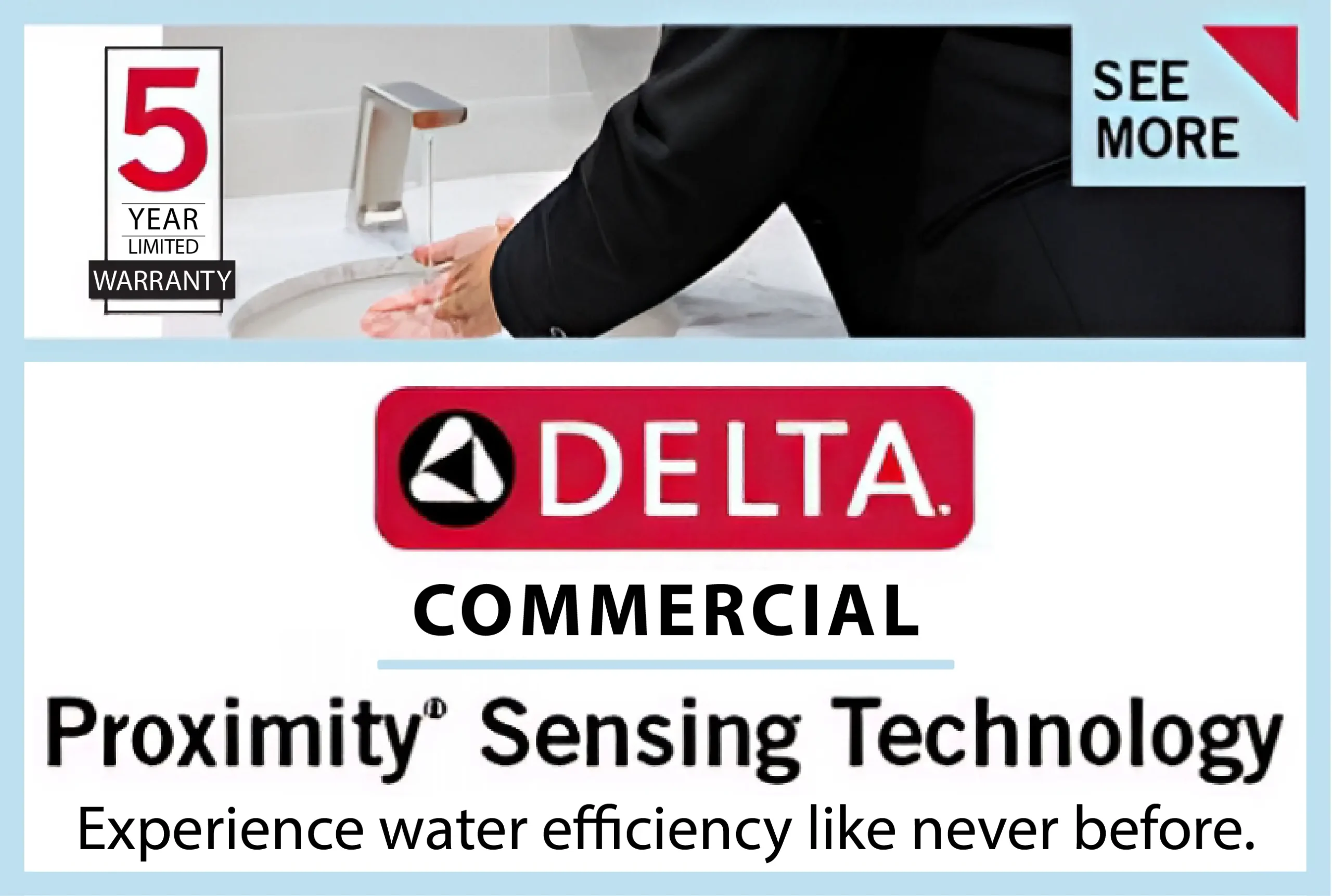In today’s landscaping industry, the integration of technology is rapidly changing how outdoor spaces are managed, maintained, and experienced. While traditional landscapes focused largely on aesthetics and manual upkeep, modern landscaping design now prioritizes sustainability, efficiency, and intelligent automation. At the forefront of this evolution is smart irrigation—an innovation that’s transforming how landscapes are watered and cared for throughout the seasons.
Innovation Landscaping recognizes the growing demand for landscapes that are not only beautiful but also sustainable and easy to maintain. By combining cutting-edge irrigation installation methods with thoughtful design principles, today’s landscapes are smarter, more resilient, and more efficient than ever. For property owners, this means less manual work, lower water bills, and healthier outdoor environments.
This article explores how smart irrigation systems are revolutionizing landscaping design, offering insight into how they work, why they matter, and what they mean for the future of outdoor spaces. Whether planning a new installation or upgrading an existing system, understanding the impact of this technology is key to getting the most out of your landscape.
Understanding Smart Irrigation Systems
What Makes Irrigation “Smart”?
Smart irrigation systems go beyond simple timers and preset watering schedules. These systems use sensors, real-time weather data, and adaptive algorithms to determine the exact amount of water needed for each part of the landscape. This precise control prevents overwatering and underwatering, ensuring plants receive just the right amount of moisture at the right time.
Most smart systems can be monitored and controlled remotely using smartphone apps or online dashboards. This level of access makes it easier for homeowners and property managers to track usage, detect issues early, and adjust watering schedules with ease.
Components of a Smart System
A comprehensive smart irrigation setup typically includes several key components:
- Weather-Based Controllers: Adjust watering schedules based on forecasted rainfall, temperature, and humidity.
- Soil Moisture Sensors: Measure real-time moisture levels in the ground to avoid unnecessary watering.
- Flow Meters: Track water usage and detect leaks or irregularities.
- Zone Control Valves: Allow different watering settings for each part of the landscape, based on plant needs and sun exposure.
- Mobile Connectivity: Enables users to manage and troubleshoot the system from anywhere.
When installed properly, these elements work together to create a responsive and efficient irrigation network that supports a healthy landscape while minimizing water waste.
Impacts on Landscaping Design
Precision in Plant Planning
With smart irrigation systems in place, landscaping design becomes more flexible and adaptive. Different zones can receive customized watering based on plant type, soil composition, or microclimate variations. This allows for a wider variety of plants to thrive in one cohesive design, supporting both aesthetics and ecological diversity.
Designers no longer have to compromise between visual impact and water conservation. Native plants and ornamental features can coexist harmoniously when supported by intelligent irrigation zones tailored to their specific needs.
Integration with Sustainable Design Principles
Today’s landscaping design is increasingly focused on sustainability. Smart irrigation aligns perfectly with this trend by reducing overall water consumption and minimizing runoff. This makes it easier to comply with local regulations, meet green building certifications, and support long-term environmental goals.
By installing these systems as part of a broader sustainable design plan, homeowners can also reduce the need for frequent irrigation repair caused by overuse or poor system maintenance. Smart systems alert users to small issues before they become costly problems, preserving both water and infrastructure.
Enhancing Hardscapes and Functionality
Smart irrigation isn’t limited to lawns and planting beds. It also impacts how hardscapes—such as patios, walkways, and retaining walls—are designed and placed. Runoff control and drainage considerations are integrated into the irrigation strategy, preventing water pooling and erosion around structural features.
Designers can now factor in not only where water goes but how it interacts with all parts of the landscape, resulting in more resilient outdoor environments that stand up better to weather changes and foot traffic.
Advantages Over Traditional Systems
Reduced Water Waste and Lower Bills
The most immediate benefit of smart irrigation is water savings. Traditional systems often overwater due to fixed schedules or poor distribution. In contrast, smart systems react to conditions in real time, ensuring that only the necessary amount of water is used.
This efficiency translates directly into lower monthly water bills, especially during peak seasons. Over time, the system pays for itself through reduced utility expenses and less frequent irrigation repair due to system strain or leaks.
Improved Landscape Health
Healthy plants start with consistent hydration. Smart irrigation systems deliver water exactly where and when it’s needed, avoiding cycles of drought and saturation that stress roots. The result is more vibrant, resilient vegetation that requires fewer chemical treatments or soil amendments.
Homeowners benefit not only from a more attractive landscape but also from reduced maintenance demands. Plants are less likely to die prematurely, and turf areas remain lush with minimal intervention.
Early Detection of Issues
Many smart systems include diagnostic features that detect leaks, blockages, or system failures. When anomalies are identified, users receive alerts in real time, allowing for quick resolution before significant water loss or plant damage occurs.
This level of insight simplifies irrigation repair and reduces the risk of expensive overhauls. Instead of discovering a problem weeks after it begins, property owners can address it promptly, preserving both the landscape and the system’s performance.
Planning for Smart Irrigation Installation
Assessing Your Property
Before installing a smart irrigation system, a detailed assessment is essential. Key factors include:
- Landscape layout and elevation
- Soil type and drainage capacity
- Sun and shade patterns
- Existing plant groupings and irrigation zones
An experienced team like Innovation Landscaping can help identify the most effective layout for a smart irrigation installation, ensuring that water efficiency and plant health are maximized from the start.
Upgrading Existing Systems
Not every landscape requires a full overhaul. In many cases, existing irrigation systems can be retrofitted with smart components. Replacing outdated controllers, adding sensors, and reprogramming zone settings can make a big difference in performance and savings.
This approach is especially valuable for older systems that still function but lack efficiency. An upgrade improves reliability without requiring complete irrigation replacement, extending the system’s useful life.
Looking Ahead: Smart Landscapes of the Future
As technology continues to advance, the future of landscaping design will likely become even more automated, responsive, and interconnected. Smart irrigation is just one part of a larger trend toward intelligent outdoor systems that monitor lighting, drainage, and even plant health through integrated sensors and data analytics.
Innovation Landscaping is committed to staying ahead of these trends, helping property owners transition into smarter landscapes that are beautiful, efficient, and easier to manage. The future of landscaping lies in designs that are both environmentally responsible and technologically empowered.
Conclusion
Smart irrigation systems are reshaping the way landscapes are designed and maintained. By offering precise control, adaptive performance, and resource efficiency, they align perfectly with the goals of modern landscaping design. These systems are more than just convenient—they’re a smart investment in long-term sustainability and outdoor enjoyment.
From initial irrigation installation to ongoing adjustments and repairs, a well-implemented smart system reduces waste, lowers costs, and supports plant health across the entire property. It’s a foundational element of any landscape built to thrive in today’s world.
For property owners ready to embrace the next generation of outdoor care, Innovation Landscaping offers expert solutions that combine technical innovation with creative design. A smarter landscape begins with smarter irrigation—and that journey starts here.











